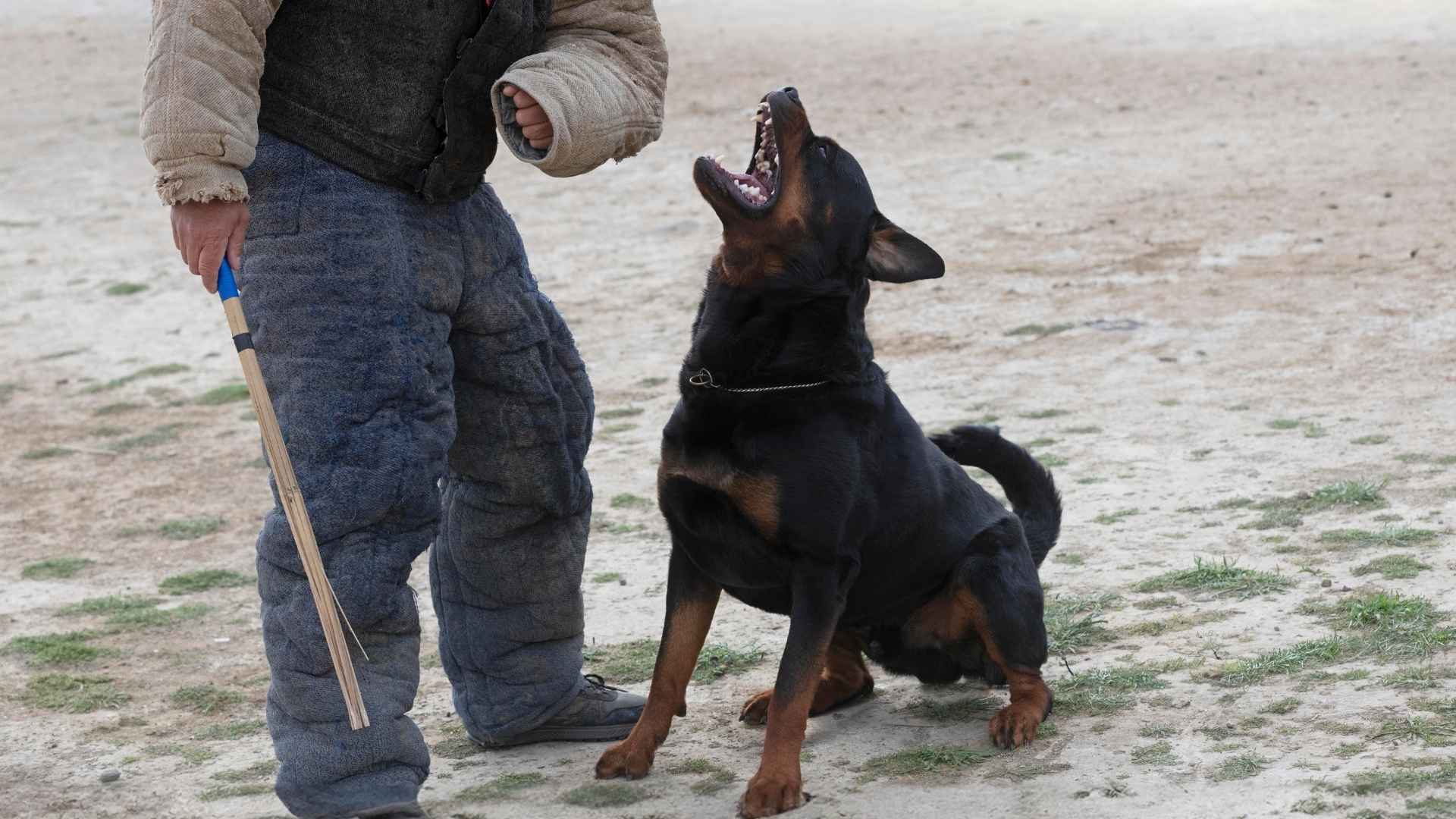Ever tried to teach a dog to “sit,” only to be met with a blank stare… or a yawn? You’re not alone. Some breeds have made ignoring commands an art form.
It’s not that they’re not smart—in fact, it’s often the opposite. These clever canines just prefer to march to the beat of their bark.
Training them can feel like negotiating with a furry, four-legged mastermind. Treats? Bribes? Praise? They’ve heard it all—and they’re still not impressed.
In a world obsessed with obedient pooches and viral trick videos, these pups are rewriting the rules. Literally. They just chewed up the old ones.
Get ready to meet the most willful, witty, and wonderfully stubborn dogs that will test your patience—and win your heart.
10 Difficult-to-Train Dog Breeds
1. Basenji
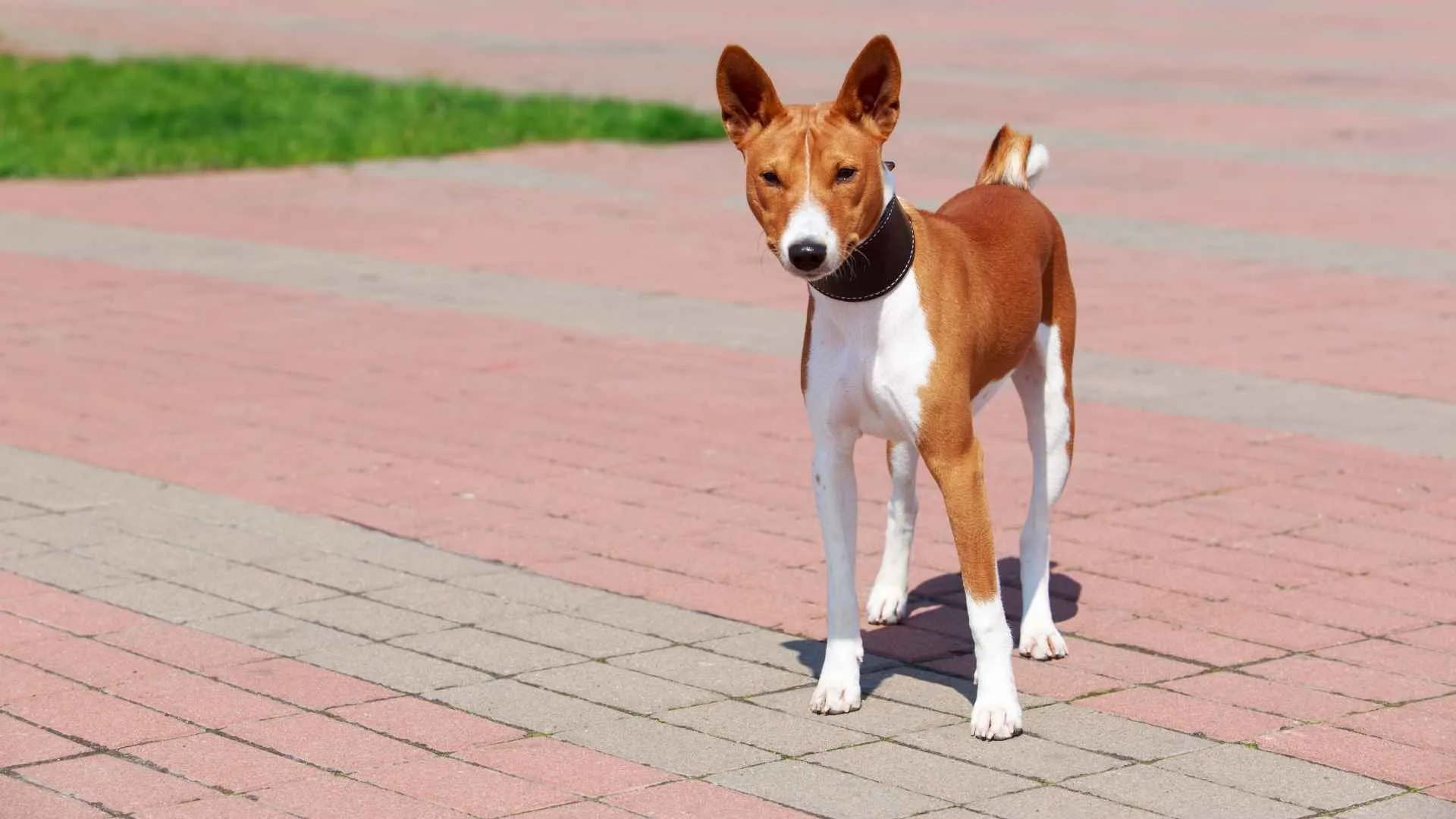
Meet the dog that thinks you’re the one in need of obedience training. Originating from central Africa, the Basenji is a hunting hound with an independent streak so wide you could lose a GPS signal in it. Forget barking—this one yodels. Yes, yodels.
VCA mentions that they are bred for sharp instincts and silent tracking; this sleek and nimble hound is as clever as it is aloof. They analyze every command like a philosopher debating free will. It’s no wonder this particular breed ranks high among the most difficult dog breeds to train.
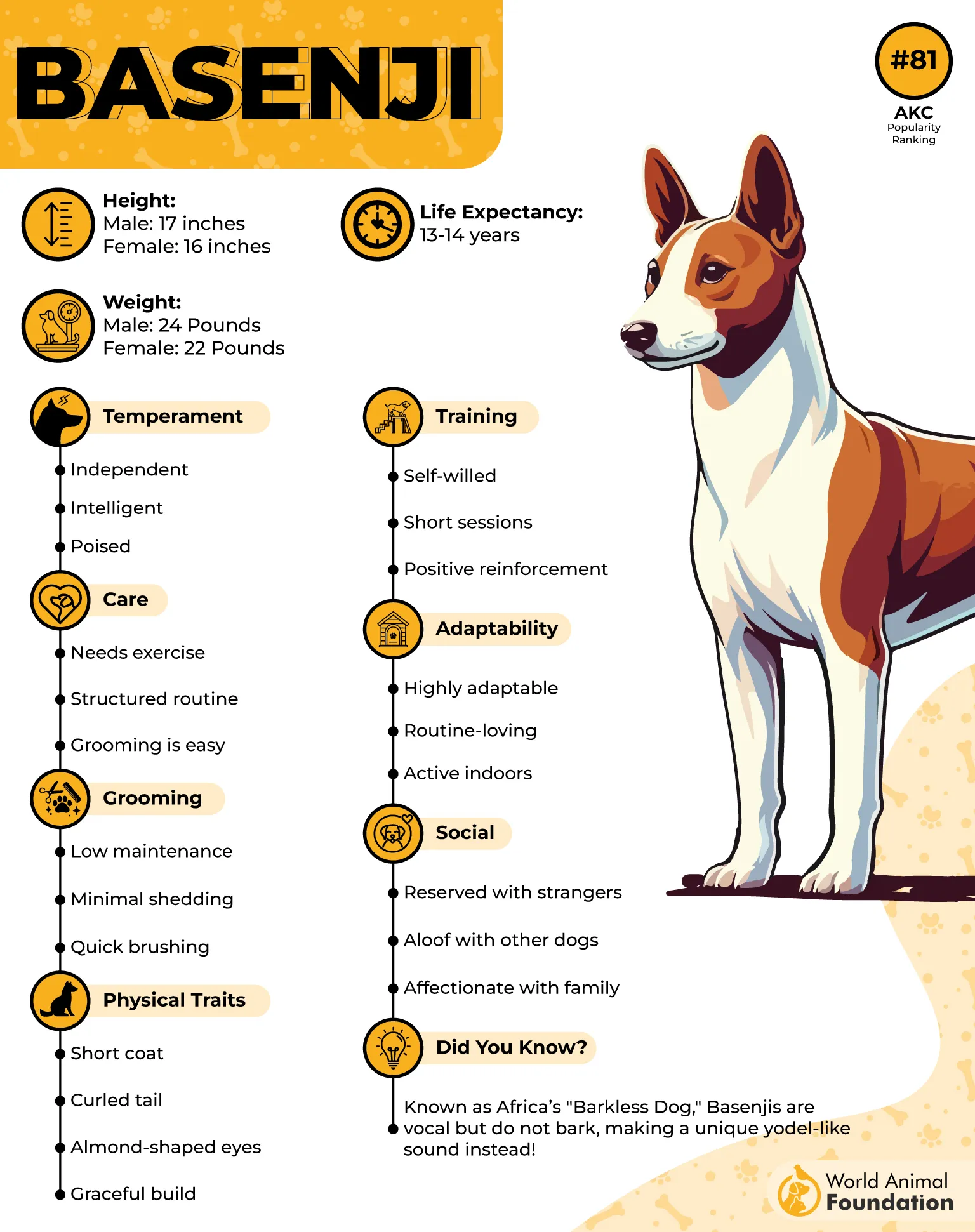
A properly trained dog? Only if you negotiate. Training treats work—until they don’t. Behavioral puppy classes might help, but don’t expect miracles overnight. This is one of the most stubborn breeds on Earth.
They’re fastidious groomers (cat-level clean) and shed little, which is a rare plus. But good luck with leash training—they prefer leading the way, not following it.

Exercise? Non-negotiable. This energetic breed needs daily mental stimulation or your furniture becomes a chew toy experiment.
Fun fact: the Basenji is one of the oldest dog breeds known, with ties to ancient Egypt. They’ve had centuries to perfect the art of ignoring humans.
Thinking this might be a beginner dog breed? Think again. This is a canine rebel with a very furry cause.
2. Bloodhound
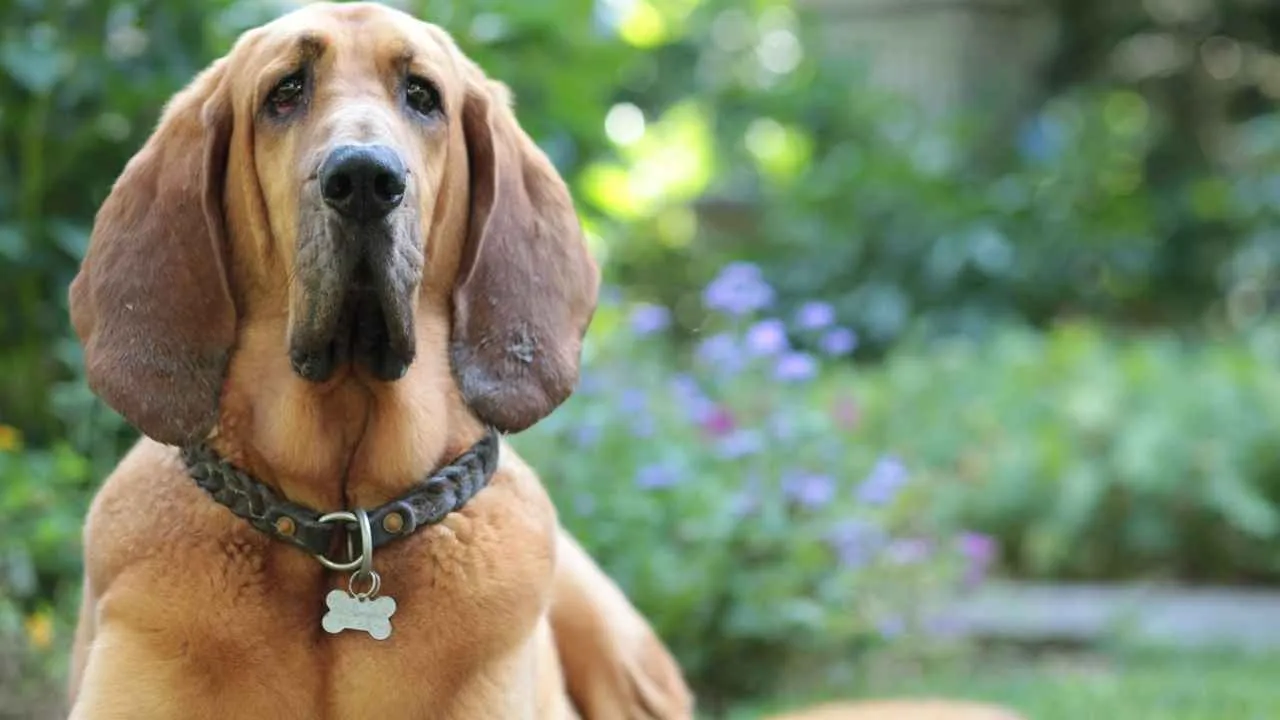
This isn’t just a dog—it’s a nose on legs. With origins in medieval France, the Bloodhound was bred to track scents over long distances. Which explains why, once it catches a whiff of anything interesting, you’ll be left holding a leash connected to your regrets.
Bloodhounds are sweet, affectionate, and comically droopy, but don’t let that fool you. When it comes to training a dog, this one sets a high bar for “difficulty training.” Stubborn doesn’t even begin to cover it.
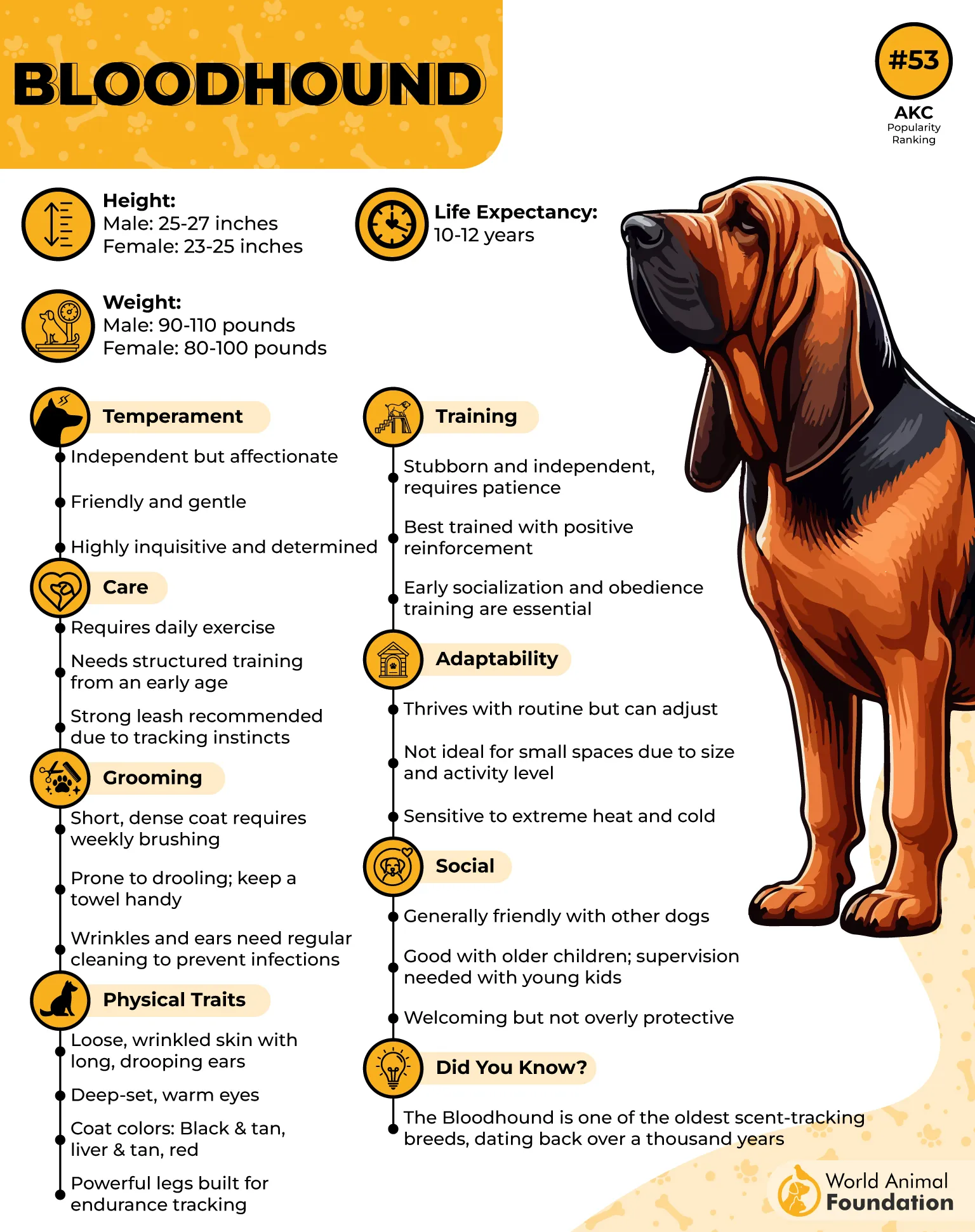
The Bloodhound is one of those challenging dog breeds that demands patience, consistency, and a good sense of humor. Commands are more like suggestions to them. Unless you’re a squirrel, don’t expect to be taken seriously.
Grooming’s easy, though: brush that short coat weekly and wipe the folds to avoid skin infections. Drool is part of the aesthetic. Embrace it.
This large breed needs lots of exercise and tracking games to avoid becoming a couch-shaped puddle. Don’t skimp on mental challenges.
Want an interesting fact? Bloodhound scent evidence is admissible in court. That nose is CSI-level.
Perfect for crime scenes, but as a beginner dog? Only if you enjoy being outwitted by your pet. Daily.
3. Beagle
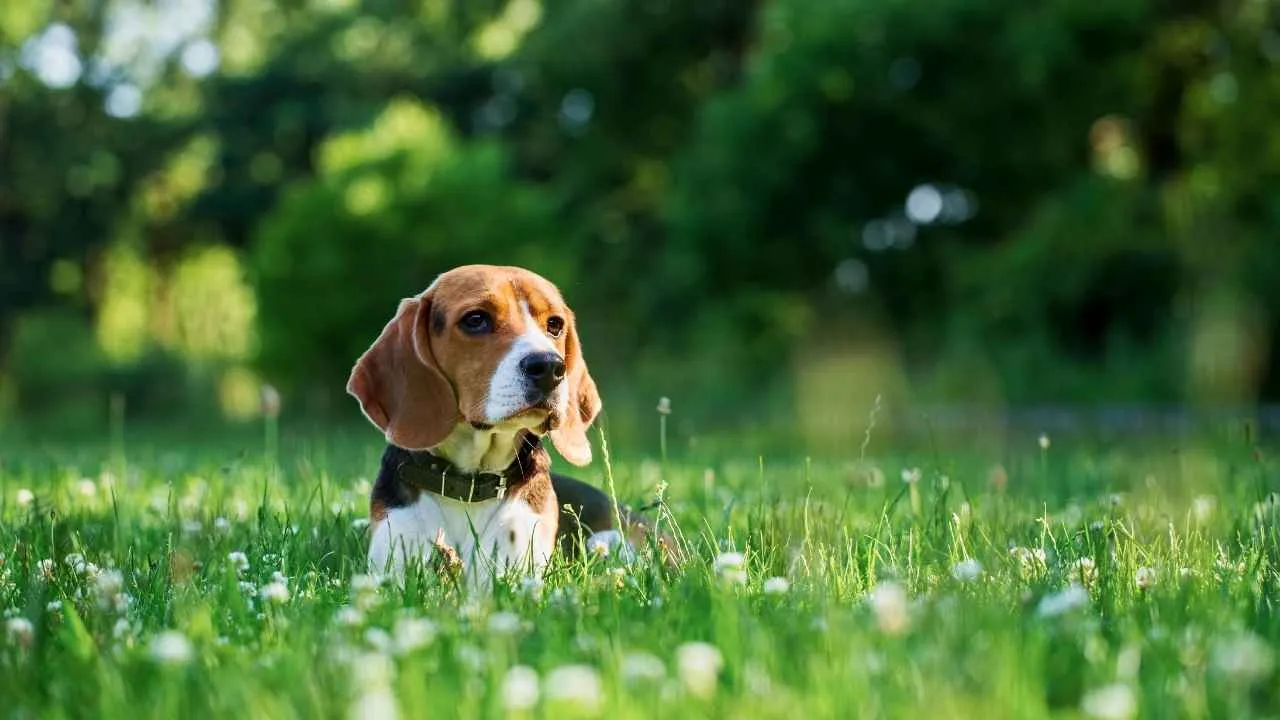
Adorable? Yes. Angelic? Not even close. Beagles are walking bundles of joy, curiosity, and utter defiance. Originally bred for rabbit tracking, they’ve evolved into escape artists with zero interest in obedience training.
This particular breed can detect a cookie in a neighbor’s house and dig a tunnel to it. They follow their nose like it’s a life mission, ignoring commands and humans alike. One of the most challenging dog breeds for a reason.
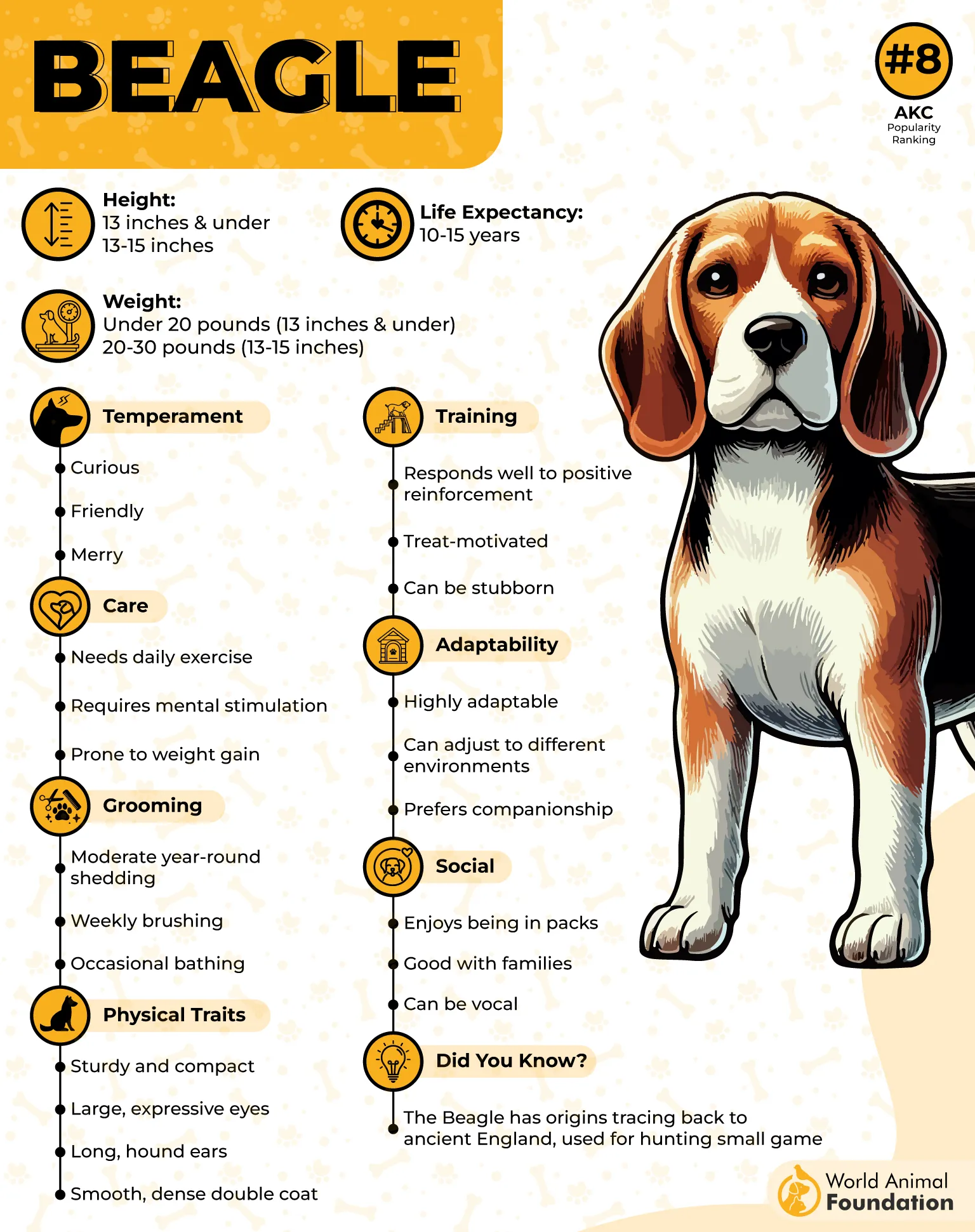
Beagles are pack animals—friendly, vocal, and chronically distracted. They bark, howl, and sing like a doggy boy band. If excessive barking is a deal-breaker, run.
They’re low-maintenance grooming-wise, with short coats in charming tricolor or lemon-and-white. But emotionally? High drama. Training them is like negotiating peace treaties—lots of snacks and even more patience.
They need daily runs, puzzles, and supervision. Otherwise, you’ll return home to chaos… or silence (which is worse).
Fun fact: Beagles were part of NASA’s sniffer dog program. They trust their nose more than your voice.
Not for the inexperienced pet owner. Be warned—this little hound packs a whole lot of stubborn into a compact frame.
4. Siberian Husky
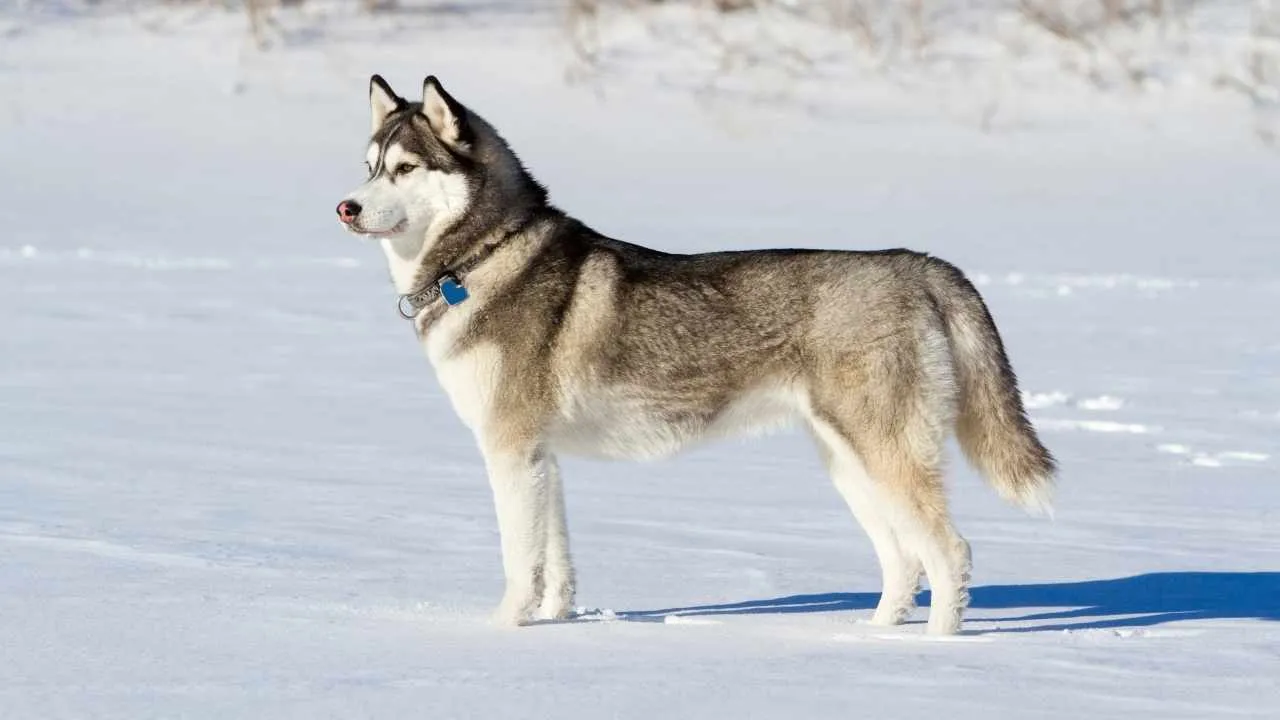
Ever been side-eyed by a dog? You will. Siberian Huskies are dramatic, loud, and dazzlingly beautiful—and they know it. Originally bred as working breeds to pull sleds across icy terrain, they’ve retained every ounce of independence and zero chill.
Training a Husky? Good luck. They’re whip-smart but would rather prank you than follow commands. Difficulty training this breed isn’t about lack of intelligence—it’s all about attitude.
Expect escape attempts. These fluffy Houdinis can climb fences, open doors, and probably solve puzzles you can’t. Definitely not a beginner dog breed unless you thrive on chaos.
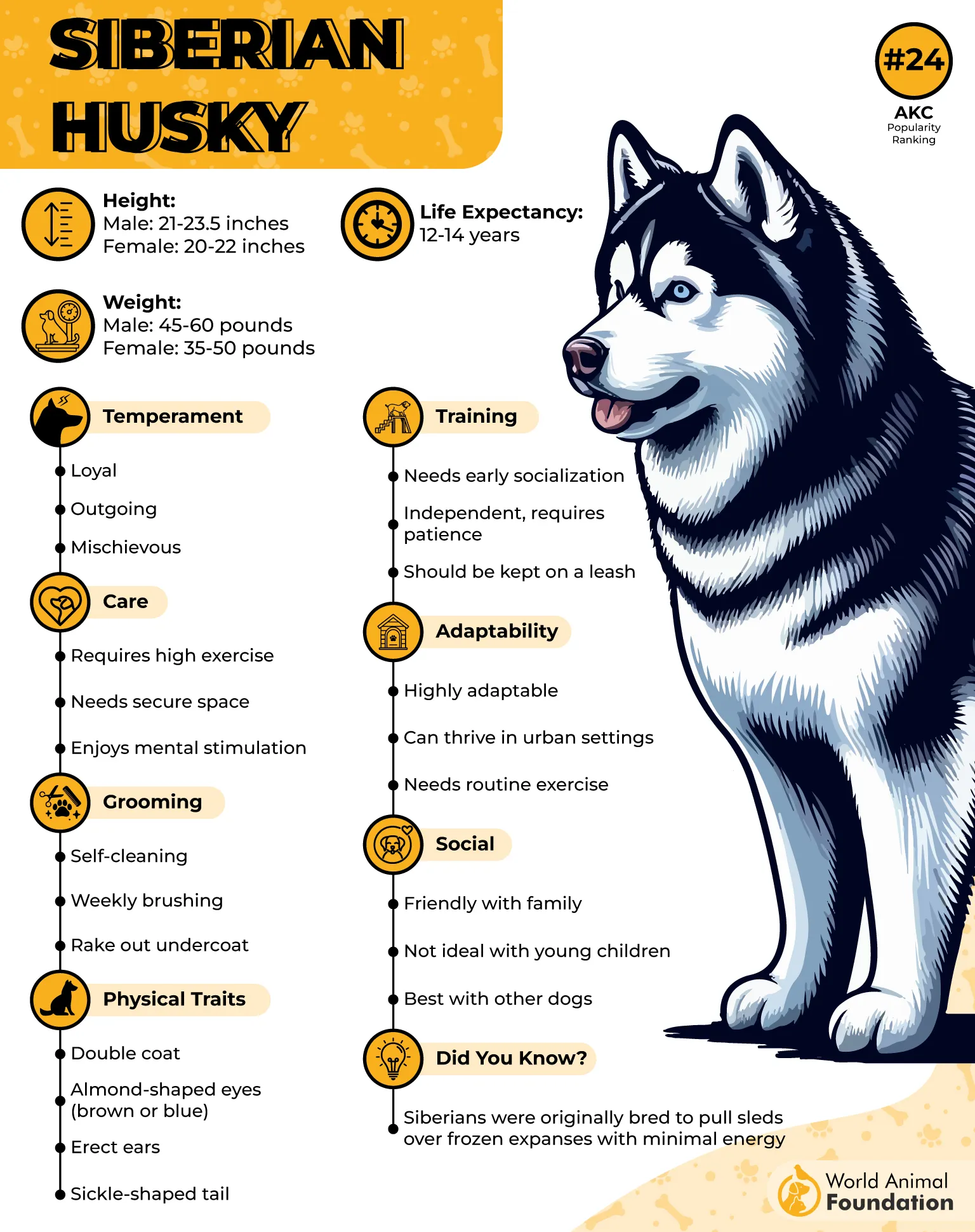
That thick double coat? Gorgeous but high-maintenance. Brush constantly or live in a snowstorm of fur. Grooming is a full-time job during the shedding season.
AKC reports that Huskies need daily, intense exercise. Not a walk-in-the-park type—think full sprints or sled-like activities. A tired Husky is a trained Husky (kind of).
Interesting tidbit: Huskies rarely bark, but they’ll sing, argue, and throw tantrums. You’ve been warned.
This is a stubborn dog with Olympic-level energy and sass. Training is a lifestyle, not a task.
5. Alaskan Malamute

Big, bold, and built for blizzards, this Arctic powerhouse is more than just pretty fluff. The Alaskan Malamute was bred for pulling heavy sleds across the frozen tundra. Translation? They’re strong, stubborn, and not exactly keen on playing “fetch.”
This dominant breed doesn’t do well with timid trainers. If you’re not the boss, they will be. They’re among the hardest dog breeds to train—not for lack of smarts, but because they question your authority at every turn.

Mals require serious grooming. Their thick double coat sheds like it’s on a mission to cover your entire wardrobe. Weekly brushing? Try daily, especially during coat-blow season.
Exercise? Non-negotiable. These working breeds need room to run, climb, dig—and ideally not through your flower beds.
Fun fact: They don’t bark much but are big fans of woo-woo talking. It’s cute until they start arguing with you.
Great for snowy adventures. Not great for inexperienced pet owners or couch potatoes. You’ll need muscle, patience, and a vacuum.
6. Basset Hound

Long ears. Droopy face. Short legs. But don’t be fooled—under that sad-eyed charm lies a will of steel. The Basset Hound was bred to track scent with relentless focus, not take commands from mere mortals.
They’re low to the ground and low on giving a damn. Among the stubborn breeds, the Basset is a gold medalist in passive resistance. “Come here” means “in five minutes, maybe.”
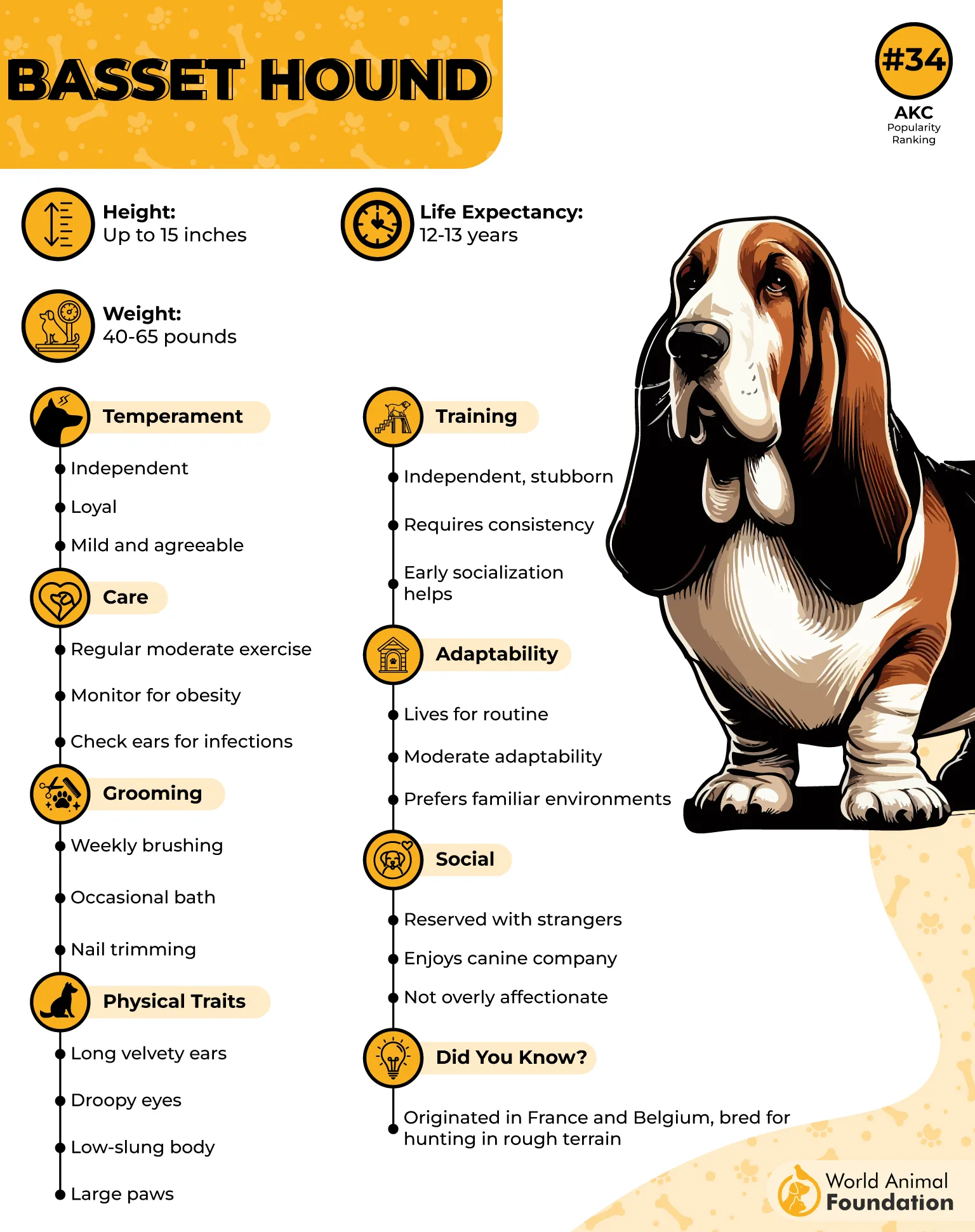
Training one of these floppy-eared rebels? Bring training treats, patience, and your best motivational speech. Even then, good luck. They make some of the most difficult dogs to properly train.
PetMD notices that their short coat is easy to maintain, but those ears? Filth magnets. Clean them regularly or risk an aroma that clears a room.
Exercise needs are moderate, but mental stimulation is key. Otherwise, they become a lazy loaf with excessive barking tendencies.
Fun fact: Their sense of smell is second only to the Bloodhound. Their obedience ranking? Near the bottom. Charming chaos.
7. Great Pyrenees
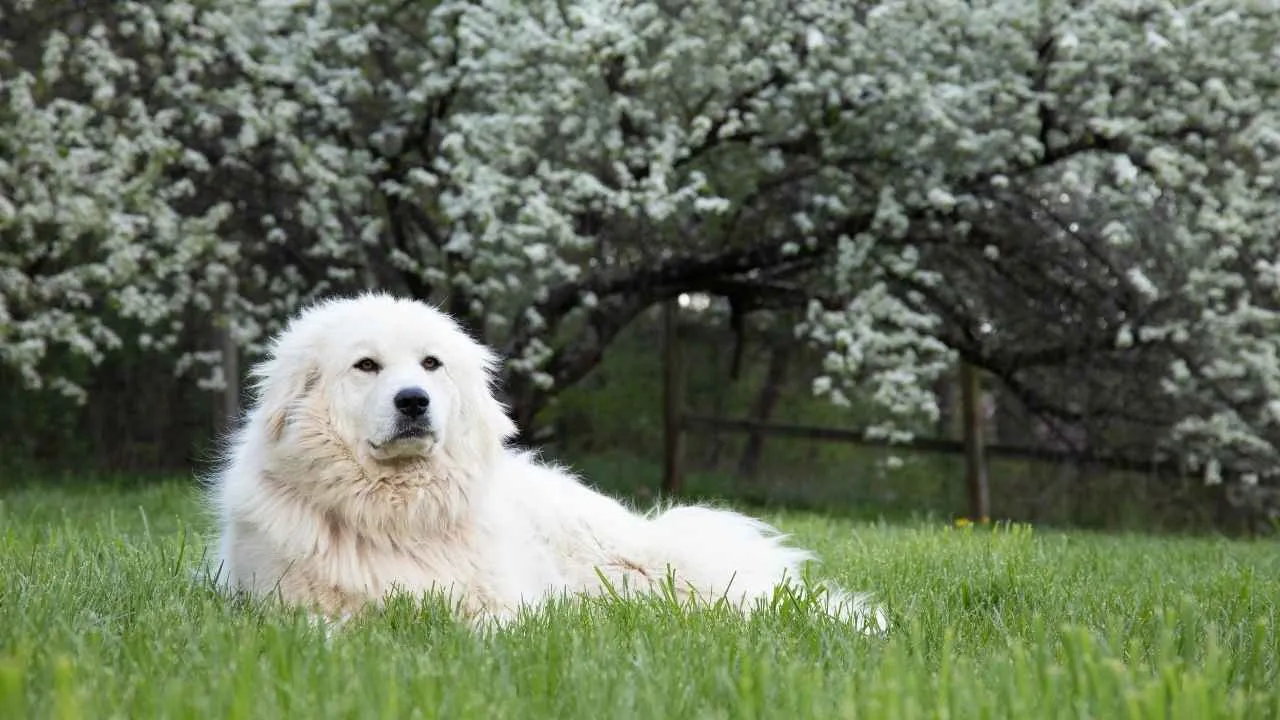
This breed was built to ignore people. Developed in the Pyrenees Mountains to guard flocks solo, the Great Pyrenees has independence in its DNA. And when it comes to training, that’s a polite way of saying: good luck.
With cloud-like fluff and a regal strut, they look majestic—and they know it. But don’t confuse calm for compliant. This challenging dog will stare into your soul while not even pretending to listen.
One of the certain breeds that is difficult to train, they aren’t aggressive but can be strong-willed. Want them to sit? Better make it worth their while… or just wait until they feel like it.
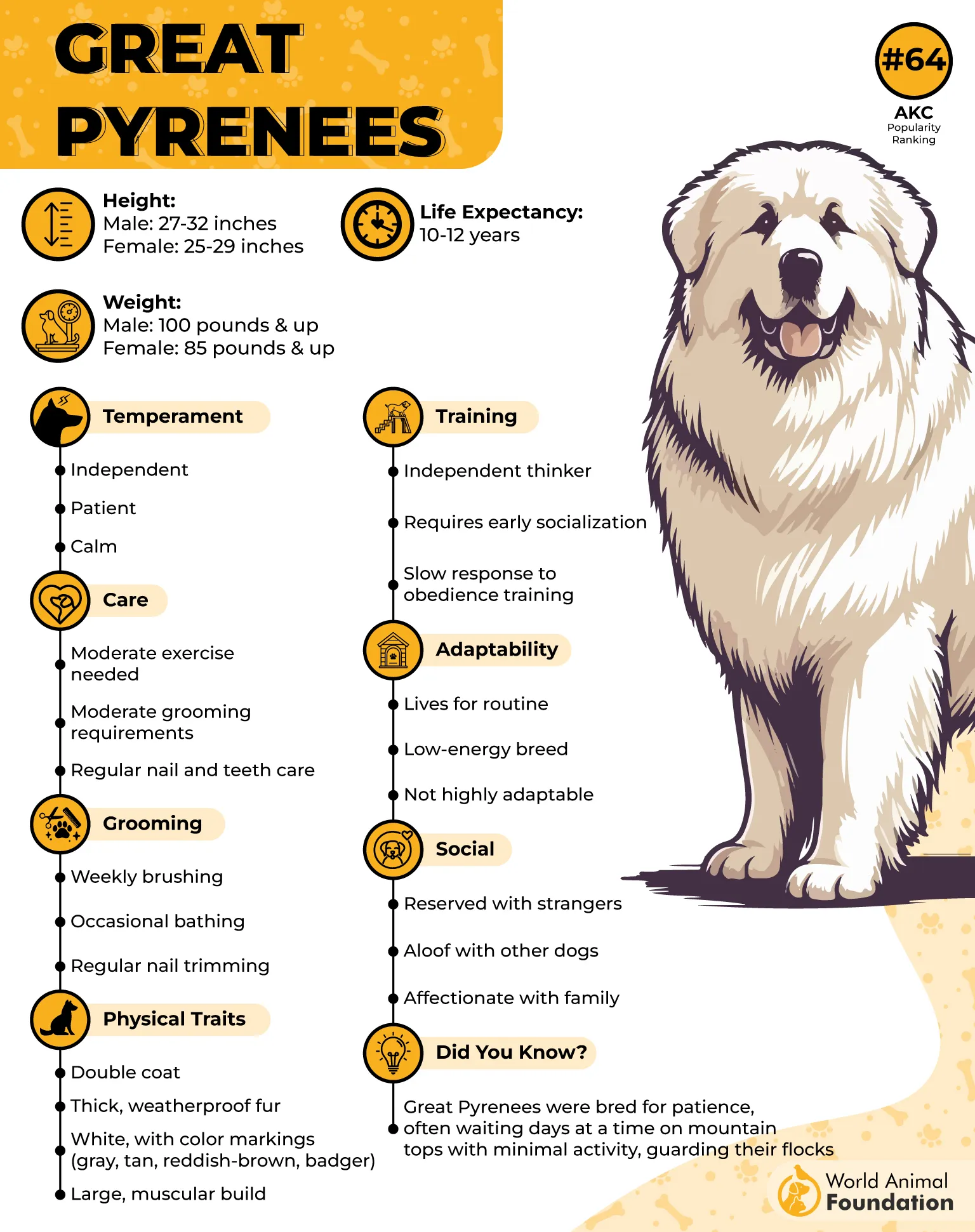
That glorious white coat? Beautiful, but high-maintenance. Grooming is serious business—think brushing, detangling, and snowball extraction.
They need moderate exercise but love having a purpose. Herding shadows counts. So does guarding your couch.
Fun fact: They’ve been guarding livestock since 3000 B.C. So yeah, they’re not new to being the boss.
Definitely not a beginner dog. This is one of those breeds difficult to break, but once you do? Fiercely loyal. Monumentally fluffy. Majestically defiant.
8. Jack Russell Terrier

Think of this one as a furry caffeine shot with zero chill. Jack Russell Terriers were bred for fox hunting, which means endless energy, sharp instincts, and a serious case of “I’ll do it my way.” This isn’t a pet—it’s a pint-sized power trip.
They’re one of the most challenging dog breeds, not because they don’t learn, but because they don’t care. Smart? Absolutely. Cooperative? Only when it suits them. Training this stubborn breed is like trying to outwit a squirrel on Red Bull.
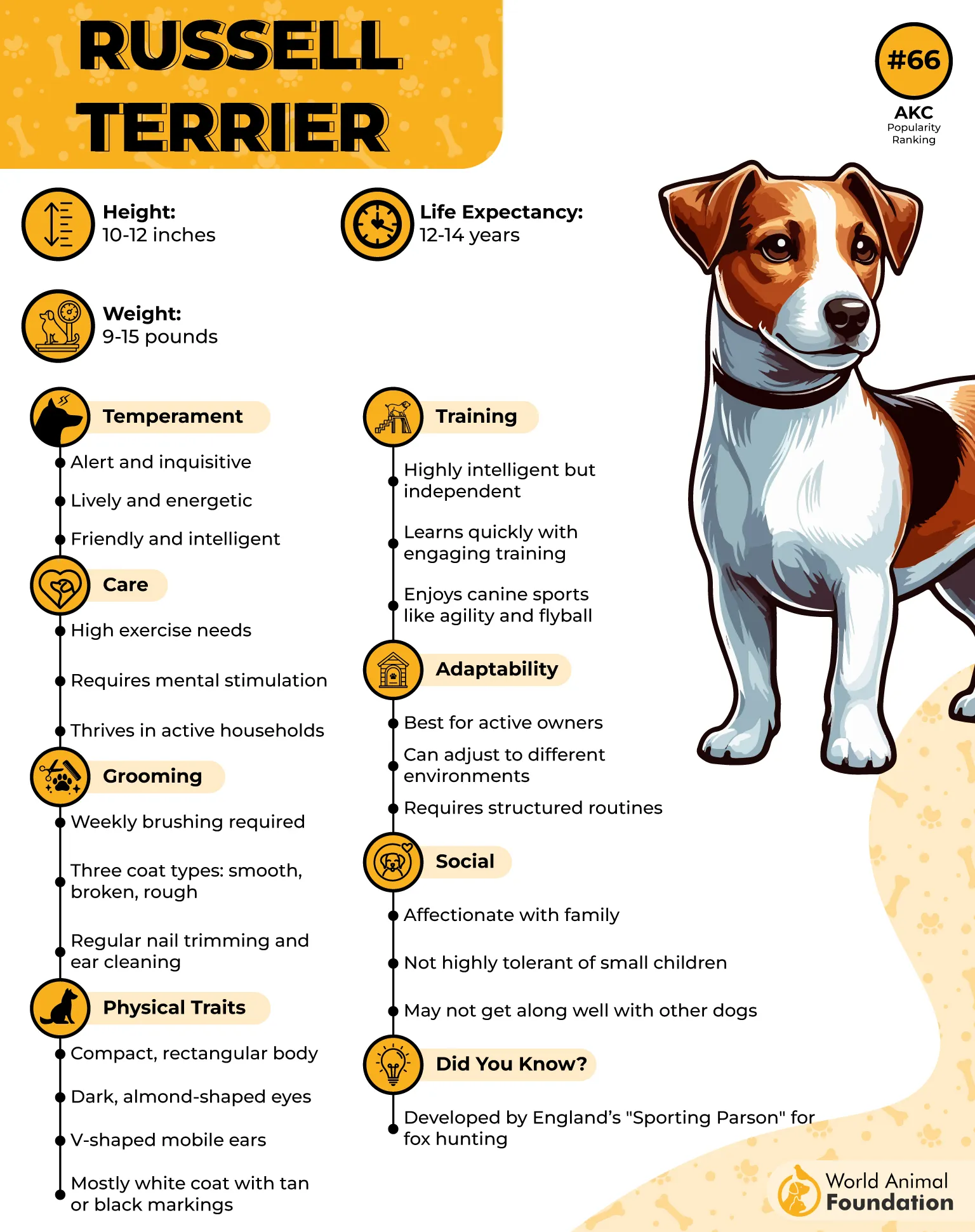
Purina reveals that they’re compact but not a beginner dog. They demand high-intensity exercise and mental challenges daily. Neglect that, and your couch becomes a chew toy.
Low grooming needs, short coat, and minimal shedding—yay. But grooming’s the easy part. Surviving obedience training? That’s the real marathon.
These dogs are clever, intense, and relentless. Not for the faint of heart. Or the faint of patience.
Fun fact: They’ve starred in Hollywood films. Why? Because they love the spotlight and thrive on attention, just not commands.
9. Chihuahua
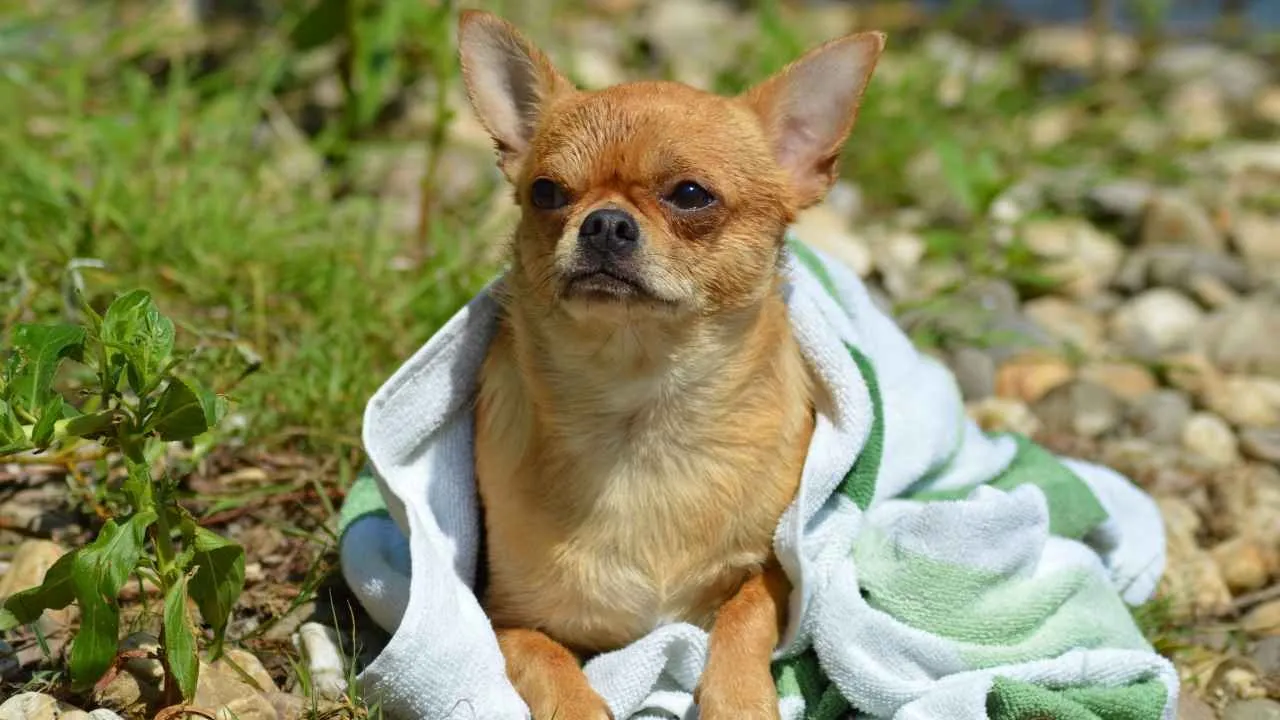
Tiny size, giant ego. Chihuahuas may look like they belong in a handbag, but they have the attitude of a dog three times their size—and the sass to match. This isn’t a dog. It’s a drama queen with fur.
They’re among the stubborn dog elite, and leash training can feel like trying to walk a diva across a red carpet. Obedience is optional. Affection? Only when they’re in the mood.
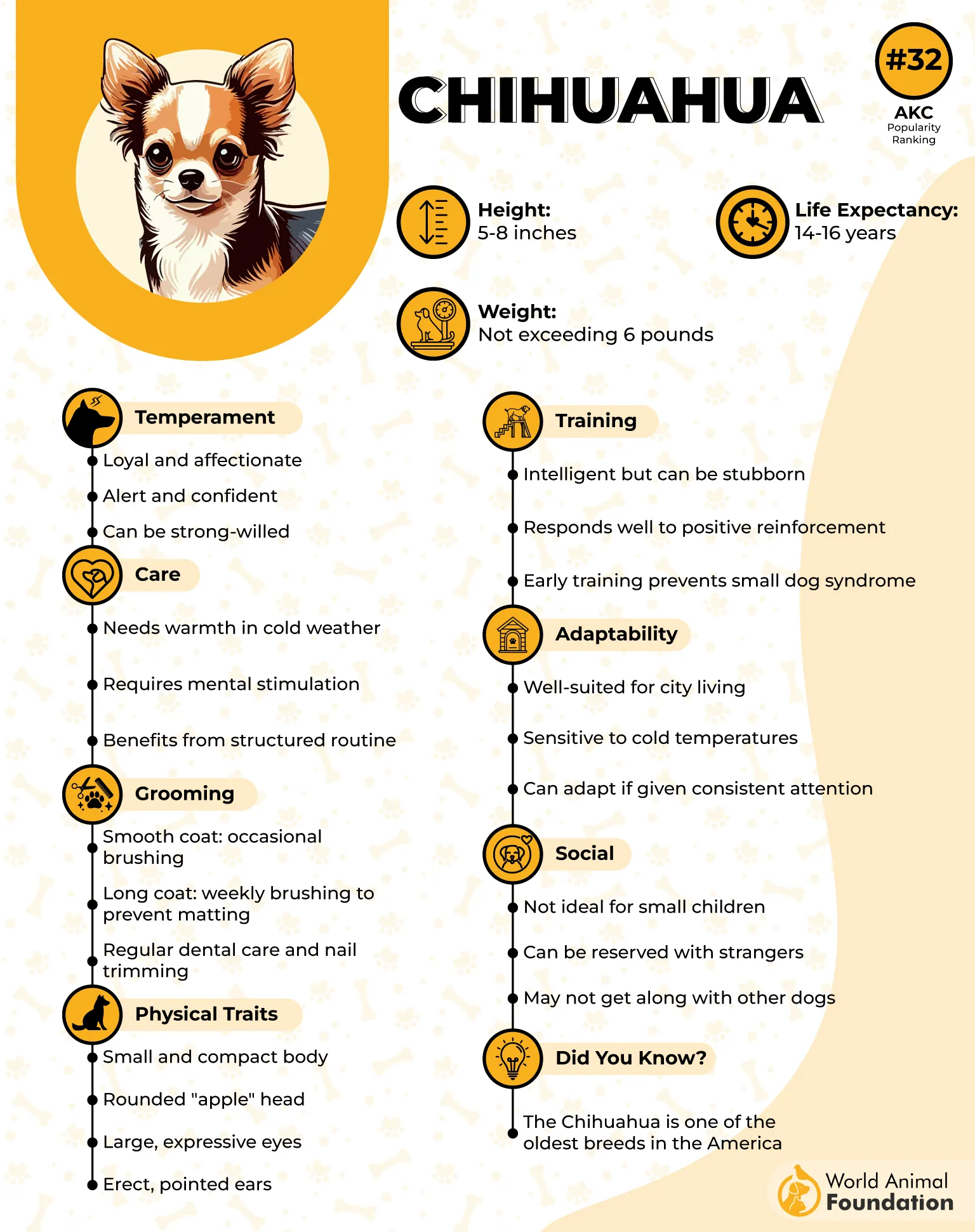
Chihuahuas are incredibly loyal—sometimes too loyal. Without proper puppy training, they can turn into yappy little tyrants with excessive barking habits and social trust issues.
Low-maintenance coat, minimal exercise needs, and small space compatibility make them appealing to apartment dwellers. But don’t mistake “small” for “easy.”
This particular breed requires strong boundaries and even stronger confidence. Otherwise, they’ll run the household from atop a velvet pillow.
Fun fact: Despite their size, they often rule multi-dog households. Napoleon complex? Confirmed.
10. Bulldog
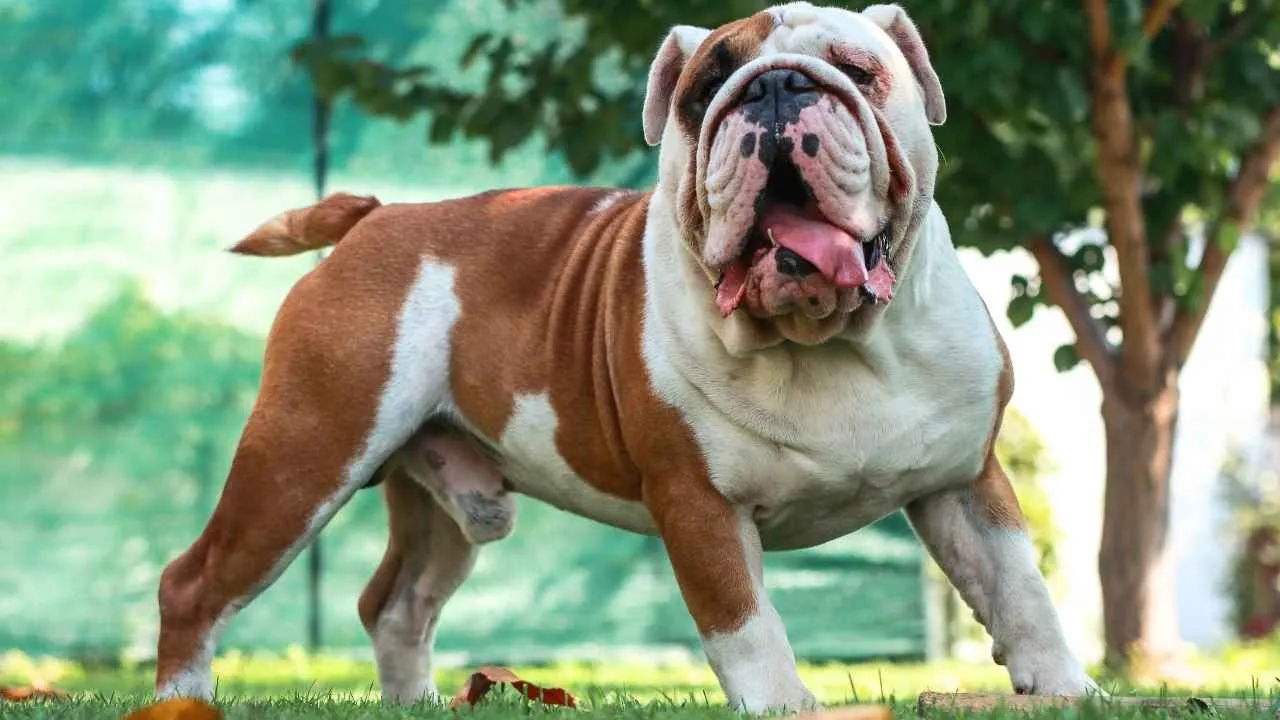
Bulky, wrinkled, and charmingly stubborn, Bulldogs are the lovable rebels of the dog world. Originally bred for bull-baiting, these stocky powerhouses have mellowed out… but not entirely.
Training a Bulldog is like arguing with a very lazy bouncer. They hear you, sure. But are they moving? Maybe after a nap. This is one of the hardest dog breeds, not because they won’t learn, but because motivation is… limited.
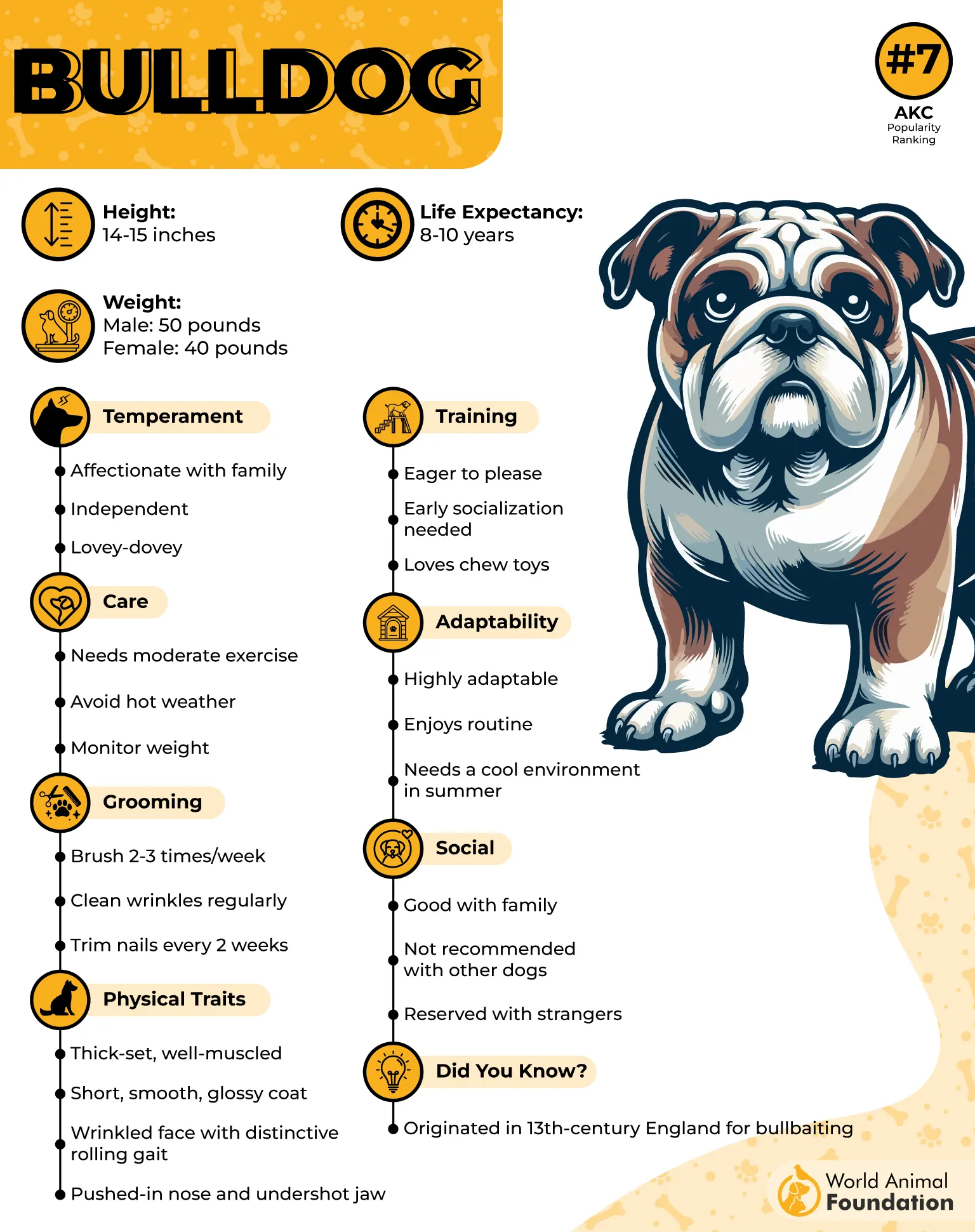
Britannica explains that their short coat is low-maintenance, but wrinkles need wiping to avoid irritation. Heat-sensitive and low stamina—they’re more Netflix buddy than hiking partner.
They do best with short, fun dog training sessions and lots of praise (and snacks). Skip the harsh tone. They’ll just sigh and walk away.
This stocky breed is stubborn, loyal, and comically expressive. Perfect if you love a challenge and adore bulldog grumbles.
Fun fact: They can’t swim. Too front-heavy. But they’ll still act like they own the pool. Confidence never quits.
Final Thoughts
So, still think you can train any dog? Think again. Some breeds are born rebels—more fur, less follow-through.
From yodeling troublemakers to sled-pulling escape artists, we’ve sniffed out the hardest dog breeds that keep even expert dog trainers on their toes. Let’s just say, leash training isn’t always a walk in the park.
But hey, there’s charm in chaos. These independent dogs come with quirks, quirks with personality, and personality in spades. Who wants a robot when you can have a furry renegade?
And while we’ve tackled the top contenders, let’s not forget honorable mentions like the Bull Terrier, Pit Bull, Border Collie, and Golden Retriever—yes, even the best breed can have its off-leash moments. Don’t sleep on Rottweilers, herding breeds, or stocky breeds with surprise breed traits.
Every dog has its day—and its drama. Just bring patience, humor, and maybe industrial-strength treats.
Got a stubborn pup at home? Share your wildest canine training stories in the comments!


